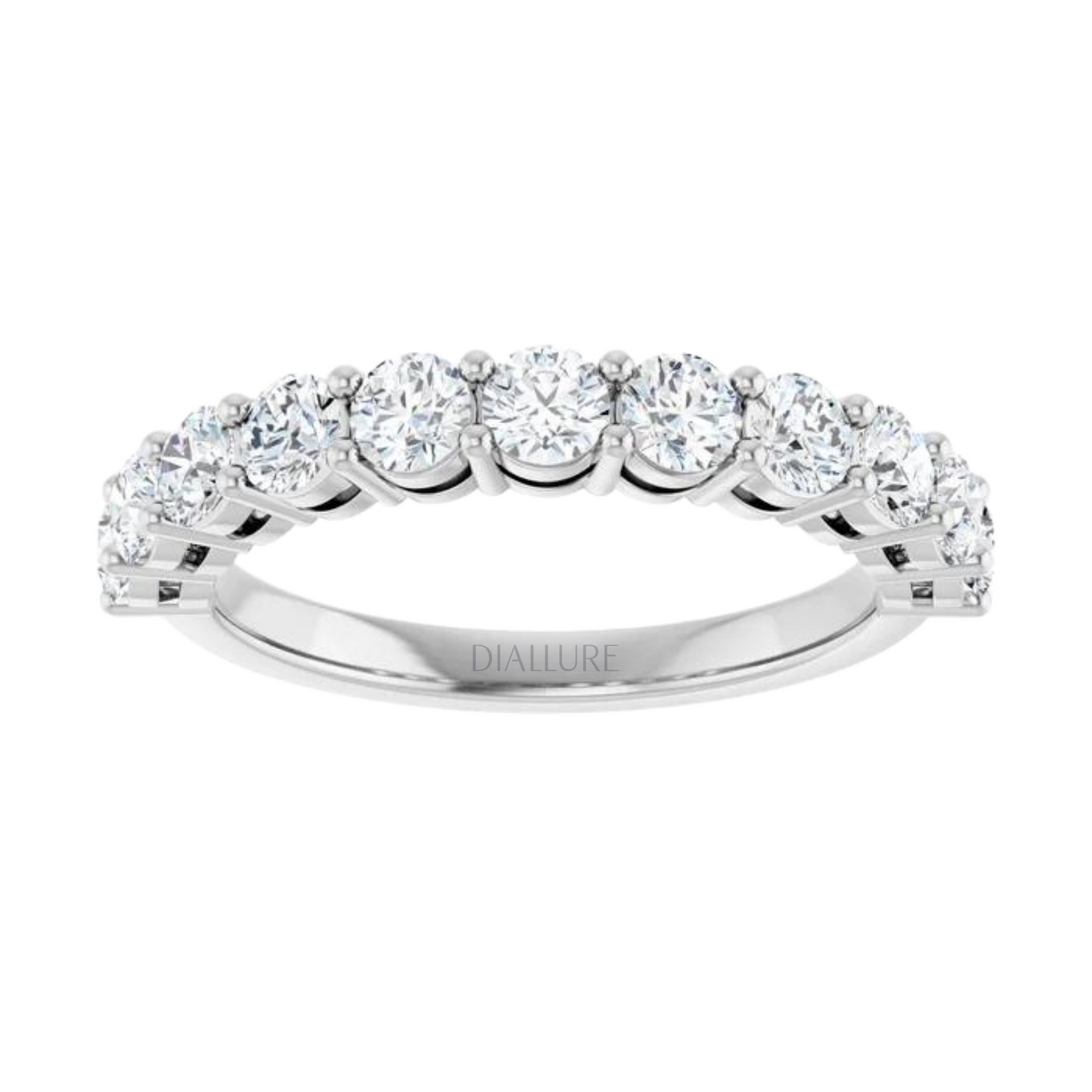What are lab-grown diamonds?
Lab-grown diamonds are genuine diamonds that were officially certified by the US Federal Trade Commission in 2018 .
The difference with diamonds is the growth environment, which is created in a lab using technology.
It has the same physical, chemical and optical properties as diamonds and is indistinguishable to the naked eye, even by expert appraisers .
Another attractive feature is the cost performance , as it can be purchased at about half the price of a 1-carat diamond jewelry of the same quality .
Diamonds are so popular in the United States that half of all couples choose them for their engagement rings .
Why choose us?
-

Your Dream Comes True
The image on the left is a lab-grown diamond, and the image on the right is a natural diamond. They look the same and have the same scientific properties, but lab-grown diamonds are more cost-effective .
With lab-grown diamonds, you can pursue your ideal without compromising on grade or size .
-

Ethical Sourcing
The secret to their popularity is that they are an ethical choice that avoids the issues of conflict diamonds, child labor, and environmental impact that often accompany the sourcing of natural diamonds.
Furthermore, DIALLURE uses SCS-certified recycled metals to create jewelry you can wear with confidence.
-

The Best Quality
We promise TYPE IIA diamonds that are free of impurities, which only exist in 2% of diamonds.
Furthermore, DIALLURE handles lab-grown diamonds that meet high standards that exceed those of high-end jewelers .
FAQ
Are lab-grown diamonds real diamonds?
Yes, lab-grown diamonds are real diamonds with the same physical, chemical and optical properties as diamonds.
How are lab-grown diamonds made?
It is made mainly in two ways.
The CVD method is suitable for producing high-quality diamonds. A thin diamond seed is placed in a device called a chamber and a gas containing carbon is blown onto it. The carbon accumulates and forms an atomic bond with the seed, causing it to grow into a large diamond.
The HPHT process involves exposing carbon to high temperatures and pressures, mimicking the process by which natural diamonds are formed in the earth.
DIALLURE diamonds are beautiful, high-grade lab-grown diamonds made using the CVD method.
How do you determine the quality of a lab-grown diamond?
DIALLURE's lab-grown diamonds are mainly those that have been certified by the world-renowned GIA and IG diamond certification agencies.
The appraisal method is the same as for natural diamonds, using the 4Cs.
At DIALLURE, we have established high standards for handling diamonds that exceed those of overseas high-end jewelers.
Please refer here for handling standards.
Do lab-grown diamonds have any asset value?
Unlike diamonds, there is currently no resale market for lab-grown diamonds.
However, diamond jewelry includes the jeweler's profits, such as brand fees and labor costs, and it is said that unless the diamond is of a museum quality, its value will drop from the moment it is purchased.
If you are looking for value in your jewelry, we recommend purchasing gold.
From this perspective, it is believed that there is no need to give much consideration to the asset value of diamonds set in a typical engagement ring.
Try on and consult here
check item
-

Engagement ring
The ideal engagement ring for two people, with 3,000 combinations to choose...
-

eternity ring
An eternity ring with a series of diamonds symbolizing eternity. We set...
-

fine jewelry
Just wearing it will make you smile. Beautiful diamonds have that power....







